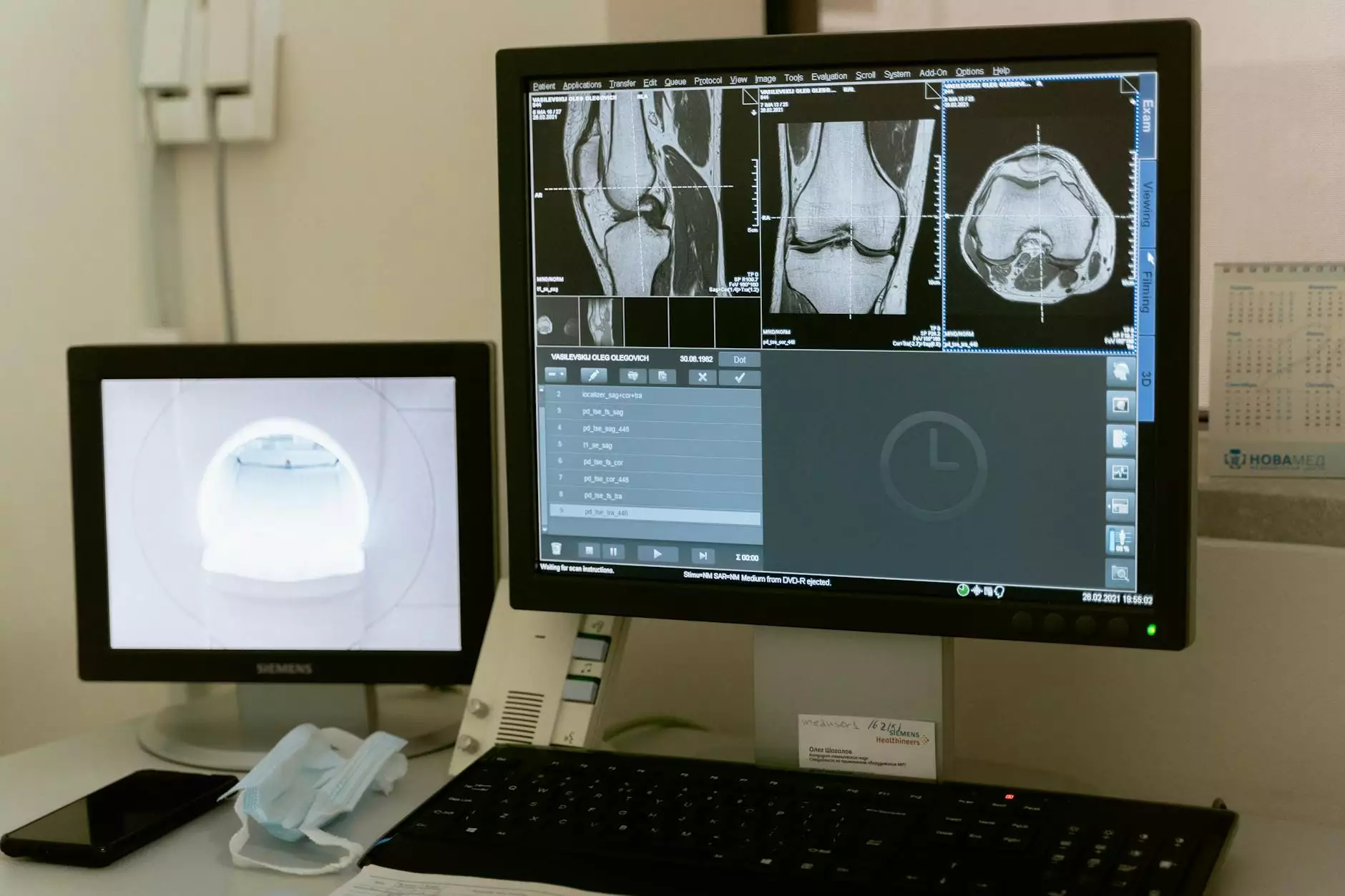Thrombophlebitis vs DVT - Understanding the Differences

Introduction
Welcome to the comprehensive guide on thrombophlebitis and deep vein thrombosis (DVT). At Vein Center of Arizona, we aim to provide extensive information about vascular medicine, specifically focusing on the conditions that fall under our expertise. In this article, we will delve into the differences between thrombophlebitis and DVT, including their causes, symptoms, and available treatment options.
Understanding Thrombophlebitis
Thrombophlebitis refers to the inflammation of a vein due to the formation of a blood clot. It commonly occurs in the superficial veins, such as those close to the skin's surface. Unlike DVT, which affects deep veins, thrombophlebitis affects veins that are closer to the skin.
Causes of Thrombophlebitis
Thrombophlebitis can be caused by various factors, including prolonged immobility, injury to the vein, or the presence of an underlying clotting disorder. Other risk factors may include pregnancy, obesity, smoking, or the use of medications such as hormone replacement therapy or oral contraceptives.
Symptoms of Thrombophlebitis
Common symptoms of thrombophlebitis include pain, redness, tenderness, and swelling in the affected vein. The area may feel warm to the touch and may appear reddish or discolored. In some cases, a visible cord-like structure may be felt beneath the skin. If you experience these symptoms, it is essential to seek medical attention promptly.
Treatment Options for Thrombophlebitis
Treatment for thrombophlebitis usually involves managing the symptoms and preventing complications. Self-care measures such as elevation of the affected limb, applying warm compresses, and over-the-counter pain relievers can help alleviate discomfort. However, medical intervention is necessary in severe cases. Your doctor may prescribe medications to dissolve the clot or recommend other treatments to alleviate symptoms.
Understanding Deep Vein Thrombosis (DVT)
Deep vein thrombosis (DVT) is a more serious condition that occurs when a blood clot forms in a deep vein, typically in the legs. Unlike thrombophlebitis, DVT can be life-threatening if the blood clot breaks free and travels to the lungs, causing a pulmonary embolism.
Causes of DVT
The most common causes of DVT include prolonged immobility, surgery, trauma, and certain medical conditions that affect blood clotting. Genetic factors, obesity, and hormonal changes can also increase the risk of developing DVT.
Symptoms of DVT
The symptoms of DVT may not always be apparent. However, common indicators include pain, swelling, warmth, and redness in the affected limb. Some individuals may experience no symptoms at all, making it crucial to be aware of risk factors and seek medical attention if you suspect DVT.
Treatment Options for DVT
The treatment of DVT focuses on preventing the clot from growing larger, reducing the risk of pulmonary embolism, and preventing future occurrences. Medications like anticoagulants, also known as blood thinners, are commonly prescribed to prevent further clotting and allow the body to naturally dissolve the existing clot. In more severe cases, surgical interventions such as thrombectomy or the insertion of a filter may be necessary.
Conclusion
Thrombophlebitis and deep vein thrombosis (DVT) are both significant conditions that require medical attention. While thrombophlebitis affects superficial veins and causes localized inflammation, DVT poses a more serious risk as it affects deep veins and can potentially lead to life-threatening complications like pulmonary embolism. Recognizing the symptoms and understanding the differences between these conditions is crucial for early detection and appropriate treatment.
Contact Vein Center of Arizona
If you have concerns regarding thrombophlebitis, DVT, or any other vascular medicine-related conditions, do not hesitate to contact the Vein Center of Arizona. Our team of experienced doctors specializes in the evaluation and treatment of various vascular conditions. Schedule an appointment today to receive expert guidance and personalized care for a healthier vascular system.
thrombophlebitis vs dvt








